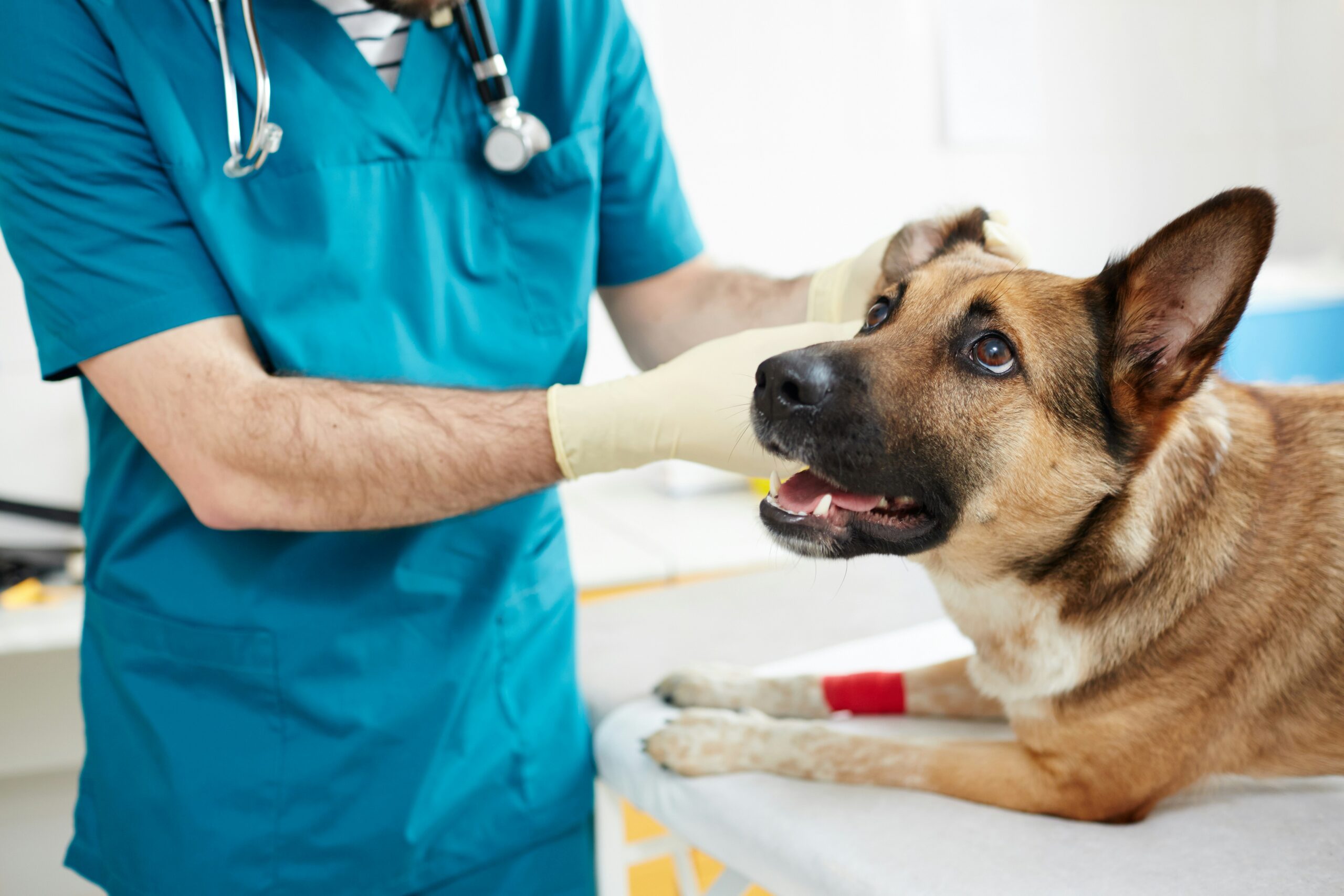Spaying and neutering are vital procedures for pet owners to consider, offering numerous benefits not only to our furry companions but also to society as a whole.
Understanding Spaying and Neutering
Spaying (for females) and neutering (for males) are surgical procedures that prevent animals from reproducing. These operations are common and generally safe, contributing significantly to the health and behavior of pets.
Why It Matters
One of the primary reasons to spay or neuter your pet is population control. According to the American Society for the Prevention of Cruelty to Animals, millions of pets end up in shelters every year, with a significant number being euthanized due to overcrowding.
Health Benefits
Spaying and neutering can reduce the risk of certain cancers and other health issues. For instance, spayed females have a lower risk of uterine infections and breast tumors, while neutered males are less likely to develop testicular cancer and prostate problems.
Behavioral Advantages
Neutering can help curb undesirable behaviors such as aggression, roaming, and marking territory. It can also lead to a more relaxed and affectionate pet, enhancing the bond between you and your furry friend.
Consider scheduling your pet’s spay or neuter procedure before they reach sexual maturity to maximize health benefits and prevent unwanted behaviors.
Statistics and Expert Opinions
Research from various veterinary studies shows that pets who undergo these procedures often live healthier, longer lives. Dr. Julie Levy, a specialist in shelter medicine, emphasizes that spaying and neutering are crucial in reducing the number of animals in shelters.
Personal Stories
Many pet owners share success stories after spaying or neutering their pets. For example, one dog owner noticed a significant reduction in aggression and increased calmness in their dog post-surgery.
Actionable Tips
- Consult with your veterinarian about the best age to spay or neuter your pet.
- Ensure your pet is in good health before the procedure for a smooth recovery.
- Research low-cost spay and neuter programs if cost is a concern.
Comparison Table: Spaying vs. Neutering
| Aspect | Spaying | Neutering |
|---|---|---|
| Procedure | Removes ovaries and uterus | Removes testicles |
| Gender | Female | Male |
| Health Benefits | Prevents uterine infections and breast tumors | Reduces testicular cancer risks |
| Behavioral Impact | Less heat cycles | Reduced aggression |
| Recovery Time | 1-2 weeks | 1 week |
| Cost | Varies | Varies |
| Age for Procedure | 2-6 months | 2-6 months |
| Long-term Effects | Improved life expectancy | Improved life expectancy |
Frequently Asked Questions
Is spaying/neutering painful for my pet?
The procedure is performed under anesthesia, so pets do not feel pain during surgery. Post-operative discomfort is managed with pain relief.
Will my pet gain weight after the procedure?
Weight gain can occur if a pet’s diet and exercise are not managed properly post-surgery. Maintaining a balanced diet and regular exercise is key.
Can spaying or neutering affect my pet’s personality?
While it can reduce certain behaviors like roaming and aggression, spaying or neutering does not change a pet’s fundamental personality.
What is the recovery process like?
Pets typically recover within a week, with specific care instructions provided by your veterinarian to ensure a smooth recovery.
Conclusion
Spaying and neutering are essential practices in responsible pet ownership, offering health, behavioral, and societal benefits. By opting for these procedures, you contribute to a healthier pet population and help reduce the number of animals in shelters. Consult with your veterinarian to learn more about how and when to spay or neuter your pet.




Leave a Reply